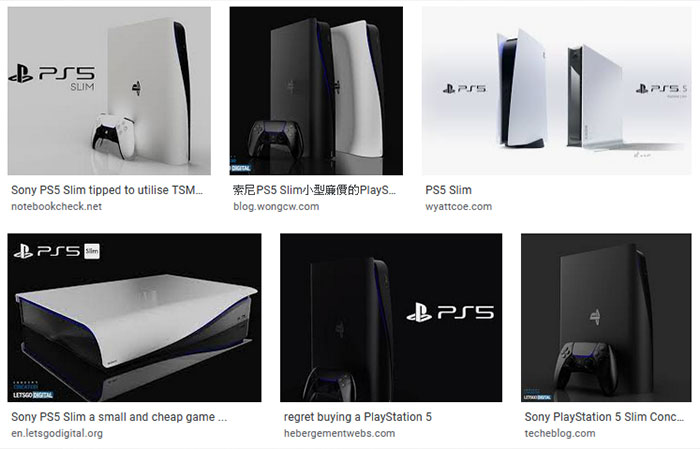Last month there were murmurings of Sony planning a PS5 Slim with a refreshed 5nm processor. The introduction of a newer, cheaper, and slimmed down console iteration is a common strategy for Sony, a few years after the original console. However, details about this PS5 Slim were very thin on the ground.
On Thursday a similar story, with a bit more flesh on its bones, popped up on Taiwan's DigiTimes, via Tom's Hardware. Sources claiming to be from Sony manufacturing partners tipped off the IT industry journal that production of a redesigned PS5 was being set up for Q2 and Q3 of 2022. Interestingly part of the revamped design will be an AMD designed SoC fabricated on TSMC's N6 process. The current AMD processor in the PS5 is a TSMC N7 part.
There are some important benefits worth highlighting, moving from TSMC N7 to N6. For a start N6 can achieve better yield and shorter production cycles compared to N7 technology in the manufacture of the same products which is good for the economics of production. Secondly the design rules are fully compatible with N7 but deliver an 18 per cent density increase (also helping lower costs). DigiTimes indicates that TSMC N5 was a too costly option for this project. Volume production of N6 parts for TSMC clients was supposed to have started at the end of last year.

Designers have been busy imagining what a PS5 Slim might look like (Google image search result)
Sony's PS5 consoles are very popular with gamers but the shape/design is ungainly and not very practical. Feedback about this, might have nudged Sony into a slim redesign earlier than what it would otherwise have decided. It will be interesting to see what a new processor and design can do to the console's fortunes, what it might mean in terms of console performance (if anything), and if the new 'Slim' can bring the price down to better combat the cheaper Switch and Xbox Series S.






